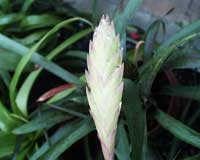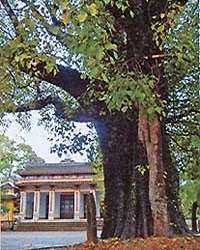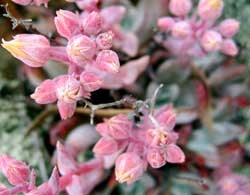Rare cacti worth $1.2 million stolen by thieves have returned to their original location in Chile.
Experts and professional collectors highly value species of Cacti from the Copiapoa and Eriosyce genera that grow in the arid regions of northern Chile, such as the Atacama Desert.
They are often used as ornamental plants indoors. However, Chile prohibits the export of cacti, making these valuable plants a common target for poachers.
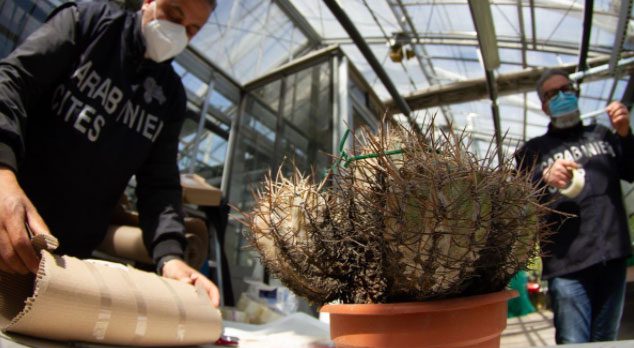
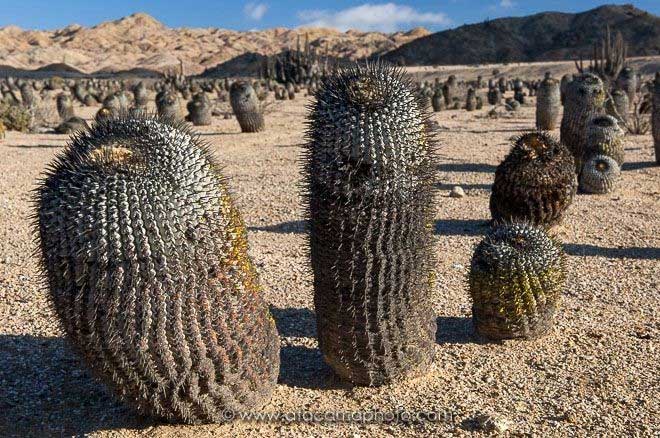
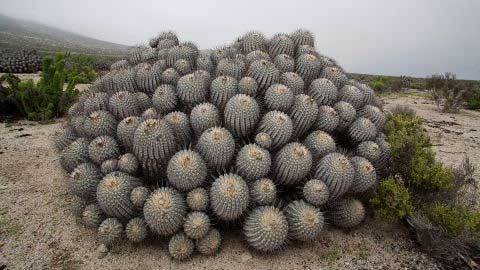
Chile prohibits the export of cacti, making them targets for poachers.
A representative from the International Union for Conservation of Nature (IUCN) stated that hundreds of plant species have been stolen from the wild between 2013 and 2019.
Officials seized 1,035 illegally traded cacti in Italy during two raids in 2020, marking the largest confiscation of its kind in the country to date.
Not all of the seized cacti survived the rescue mission. Approximately 107 plants died before they could be returned to Chile, while around 84 remained in Milan, Italy, at the Città Studi Botanical Garden for research purposes.
Of the total, about 844 cacti returned to Chile and were soon reintroduced to the wild after thorough inspections to ensure they were free of pests that could harm other plant species thriving in the Chilean desert.
According to the International Union for Conservation of Nature, the species of Copiapoa and Eriosyce cacti from Chile are among the rarest in the world, fetching prices of up to $1,500 per plant, equivalent to approximately 35.4 million VND on the black market in Europe and Asia.
Chilean cacti come in many unique shapes, from multi-armed varieties in the Sonoran Desert to tall-stemmed species. Typically, these uniquely shaped cacti thrive only within a small geographical range. This enhances the value of the cacti and makes them extremely attractive to collectors worldwide.
To date, around 2,000 of the 10,000 known cactus species worldwide are facing the threat of extinction in the wild, with habitat loss being the leading cause.








































